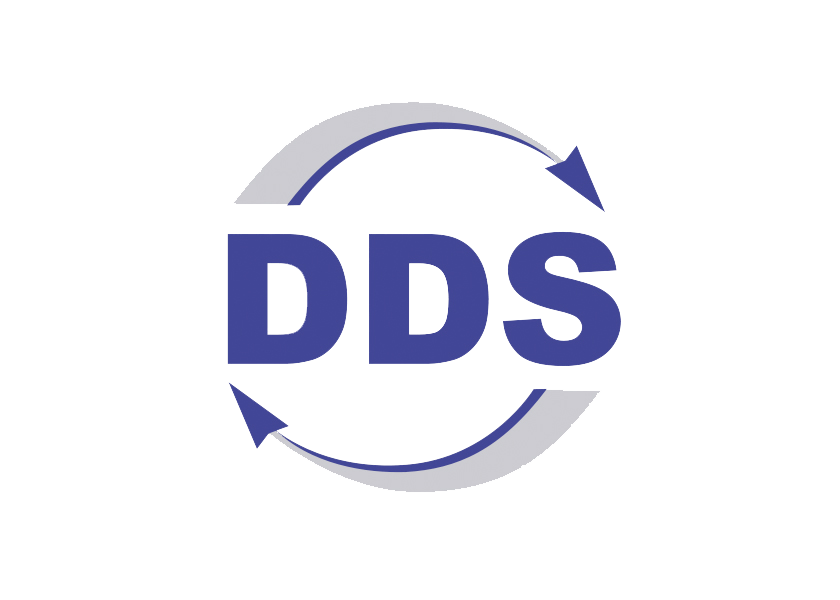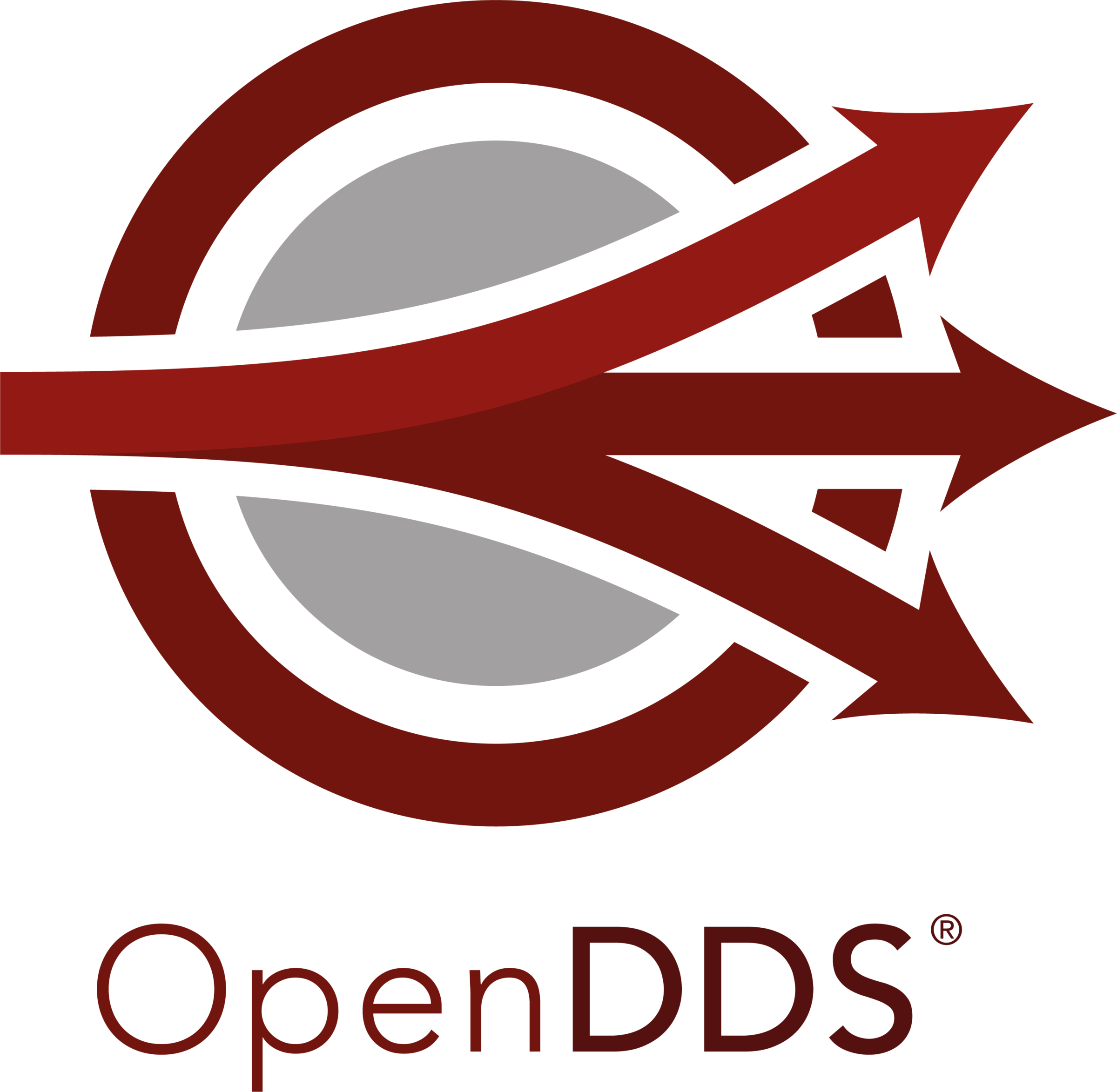The OpenDDS® project is an open source and widely adopted standards-based real-time publish/subscribe solution for distributed systems.
Resources
Everything you need to get started using the OpenDDS project
Find Us On

The Object Management Group (OMG®) Data-Distribution Service for Real-Time Systems (DDS®) is the first open international middleware standard directly addressing publish-subscribe communications for real-time and embedded systems.
DDS introduces a virtual Global Data Space where applications can share information by simply reading and writing data-objects addressed by means of an application-defined name (Topic) and a key. DDS features fine and extensive control of QoS parameters, including reliability, bandwidth, delivery deadlines, and resource limits. DDS also supports the construction of local object models on top of the Global Data Space.
OMG Data Distribution Service® is a registered trademark of Object Management Group, Inc. in the United States and/or other countries.

